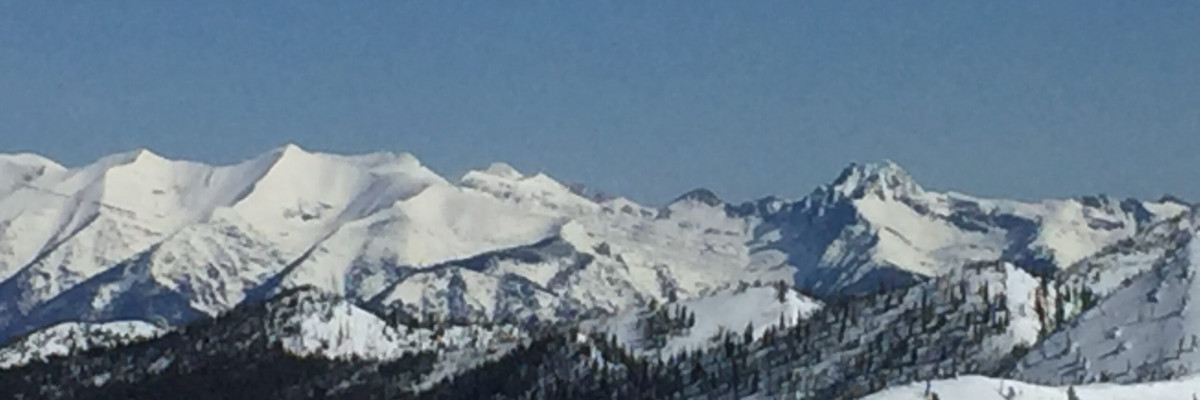A MODERATE avalanche danger exists for the West Central Montana backcountry. Widespread loose wet avalanches can be expected later in the day and isolated hazards can be found in specific terrain. Evaluate slopes and the snow carefully to identify features of concern.
Good morning, this is Logan King with the West Central Montana Avalanche Center’s avalanche advisory for Tuesday, March 19th, 2019. This danger rating does not apply to operating ski areas, expires at midnight tonight and is the sole responsibility of the U.S. Forest Service.
Weather and Snowpack
The weather continues to go through a daily freeze-thaw cycle with temperatures warming to the 40’s during the day an then dropping below freezing and into the 20’s at night. However, Stuart Mountain snotel last night did not drop below freezing and could create some interesting conditions today. Mountain temperatures as of 5 am this morning are in the twenties at all other locations. Winds are light from the NE in the northern portion of the advisory area and the SE further south. Most locations have not received snow for the past few days but a stray dusting can be found in isolated locations.
Persistent weak layers continue to round and gain strength but can be problematic in isolated locations. In areas with a shallow snowpack and near rocky terrain, facets near the bottom of the snowpack continue to easily propagate in stability tests (profile)(video). This is a very isolated problem and won’t be found everywhere but will produce large avalanches. Due to the minimal distribution but high consequence nature of this layer it warrants taking a minute to dig a pit to check the total snow depth and if the weak layers are present and reactive.
Widespread loose wet activity can be expected on terrain that is exposed to direct sunlight with activity peaking in the afternoon. Small loose wet sluffs have consistently been observed for the past few days on solar aspects with some isolated larger slides from steep rocky terrain. Although mostly small remember that even a small slide can knock you over and take you for a dangerous ride if terrain traps are present. Carefully consider the consequences of even a small slide before committing to steep terrain. Warm temperatures are also causing cornices to lose strength. A handful of natural cornice failures have been observed over the past week and will become more problematic with warm and sunny days expected this week. Give cornices a wide berth as they tend to break back farther than expected and avoid traveling below them later in the day.
In shaded and north facing terrain cold snow can still be found above 7,000 feet. In the cold snow, pockets of wind drifted snow will be the greatest concern. Look for signs of wind loading in the softer snow and avoid likely trigger points like rollovers and just below ridges. Much like the persistent weak layers this problem is isolated and won’t be found everywhere but should be considered before committing to avalanche terrain.
Avalanche and Weather Outlook
The forecast for the week calls for slightly warmer temperatures each day with clear skies as high pressure dominates the region. The avalanche danger will remain the same until a shift occurs in the weather which looks to develop sometime this weekend.
If you get out into the backcountry, please share your observations on our public observation page.
Ski and ride safe.
















